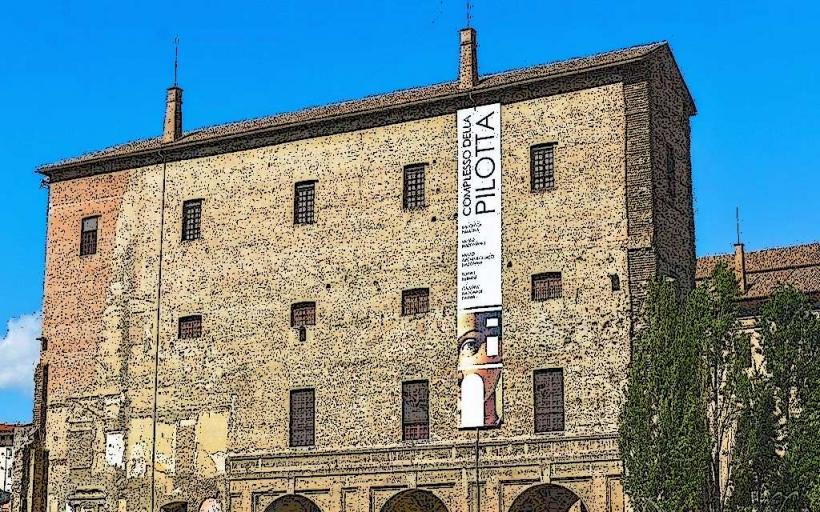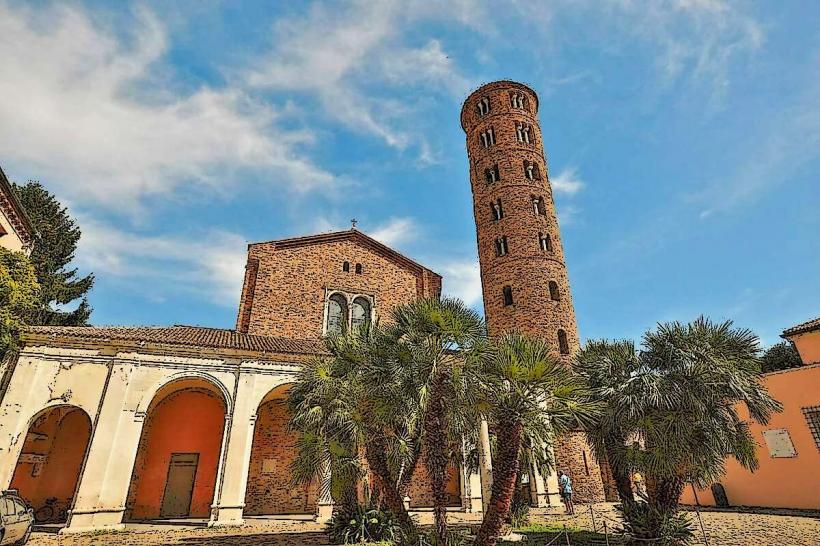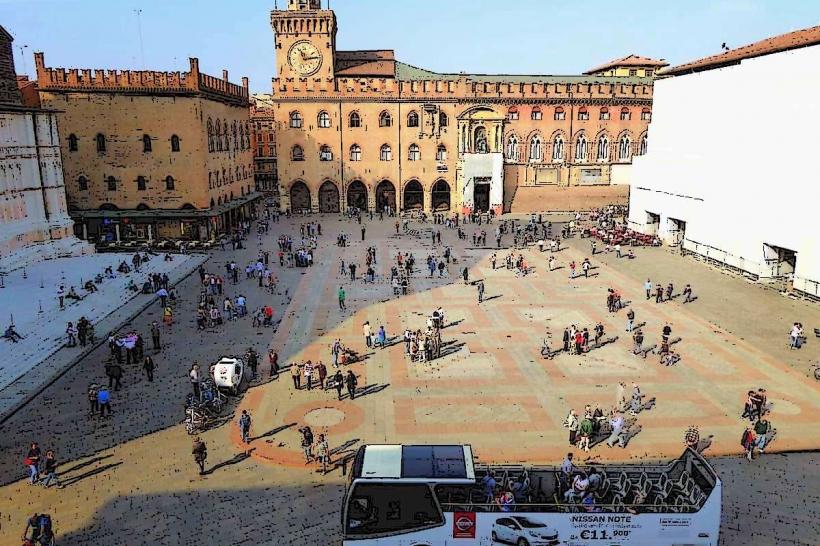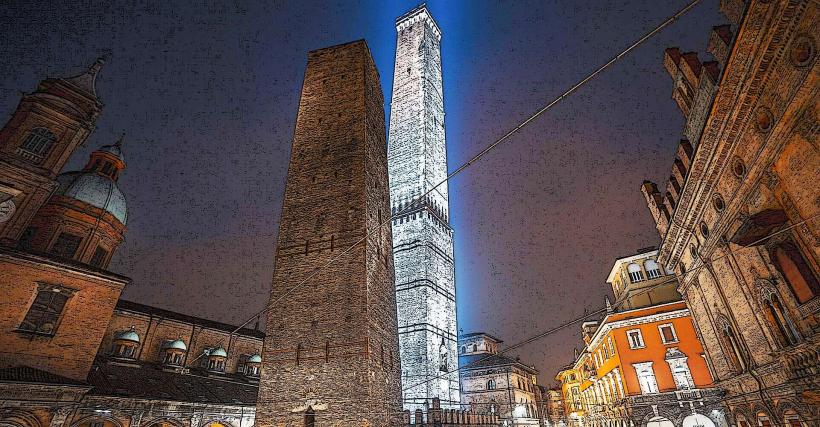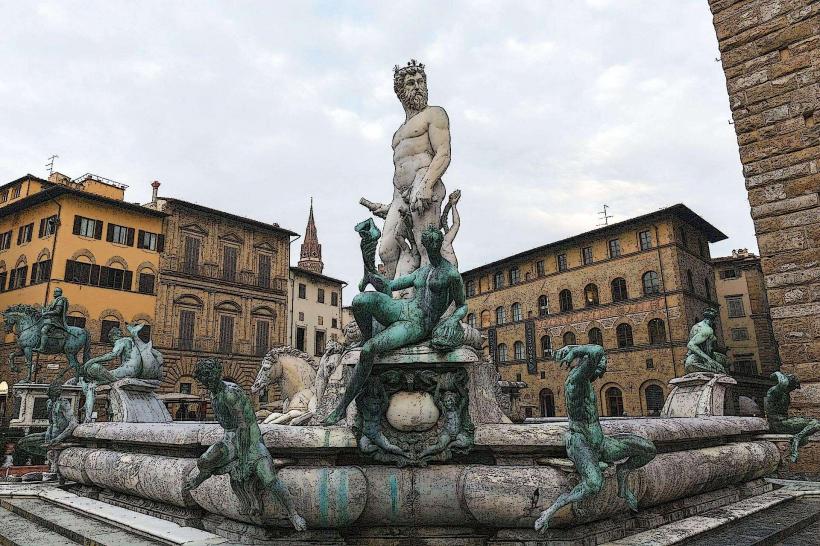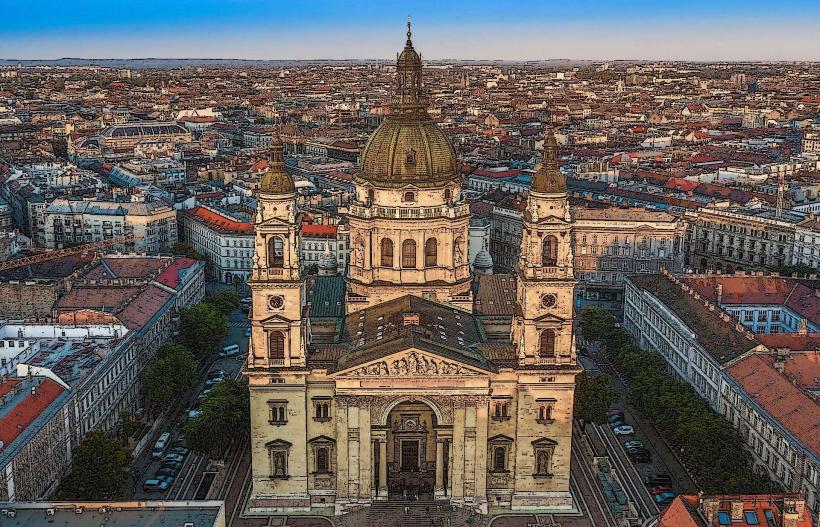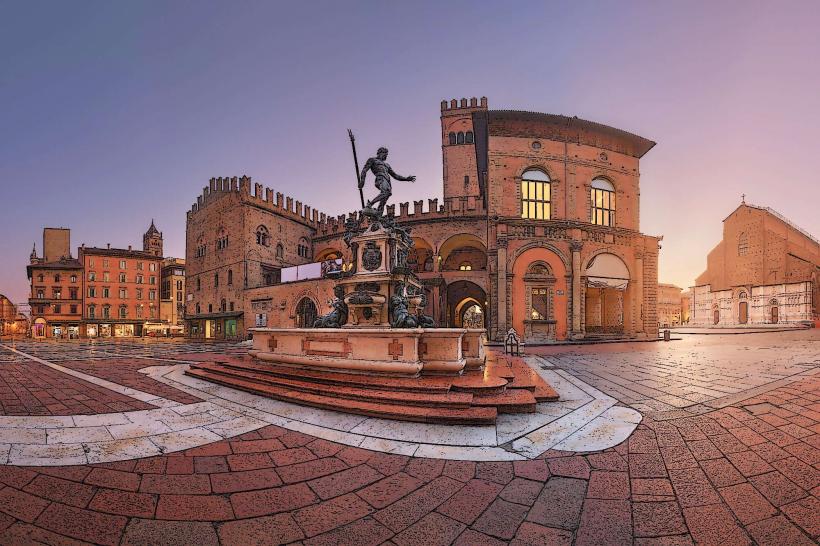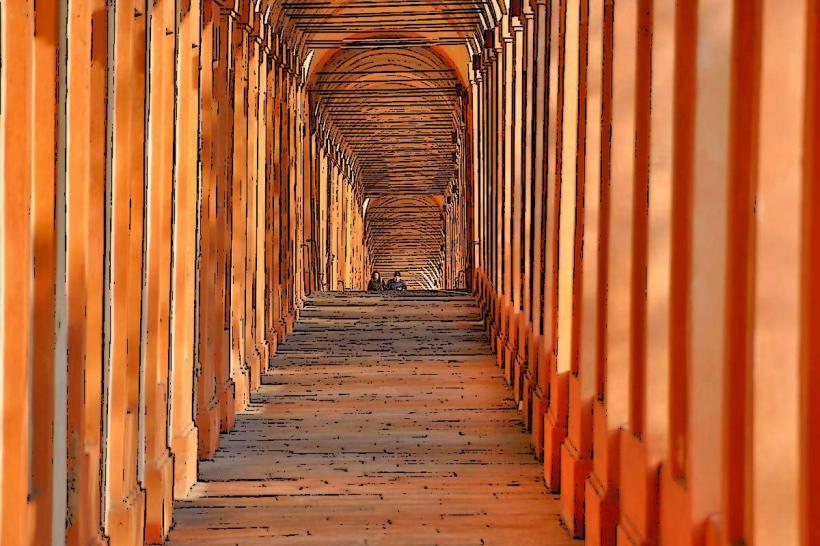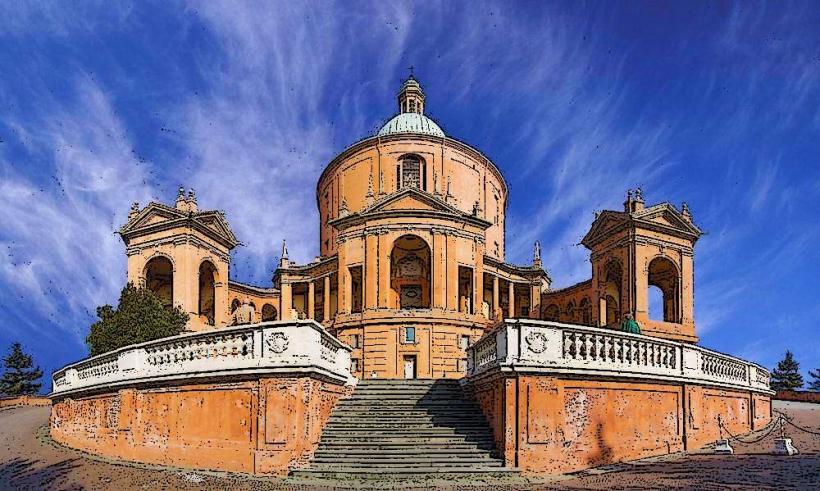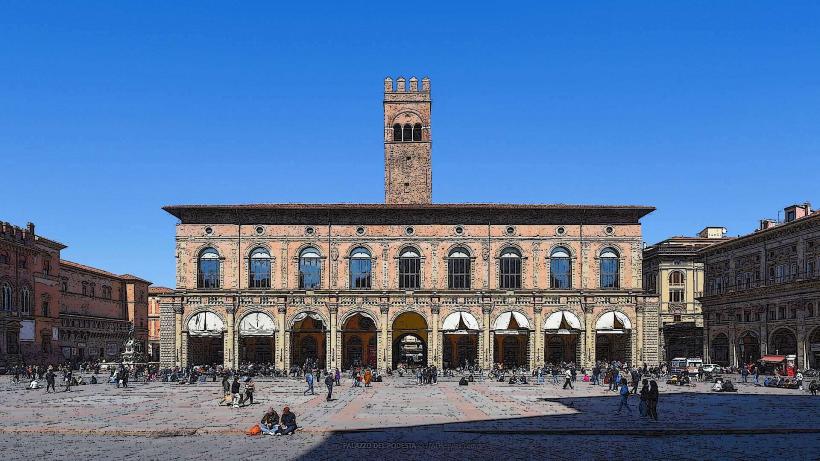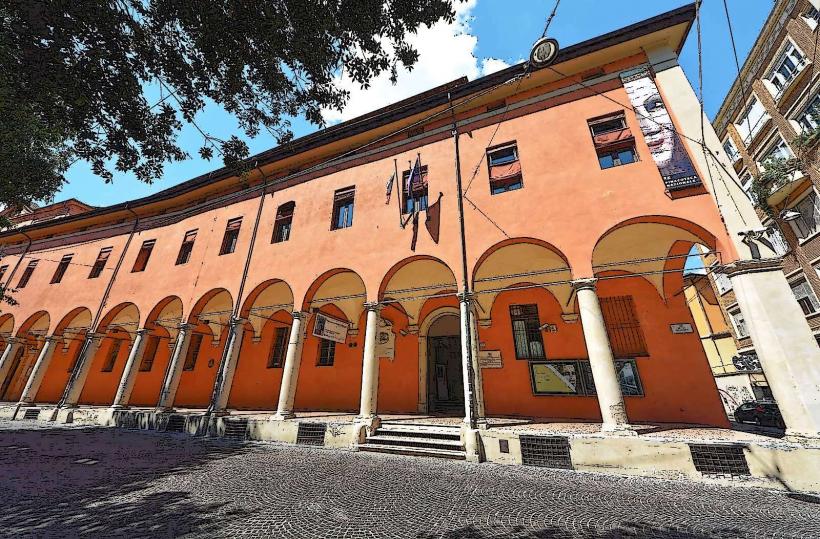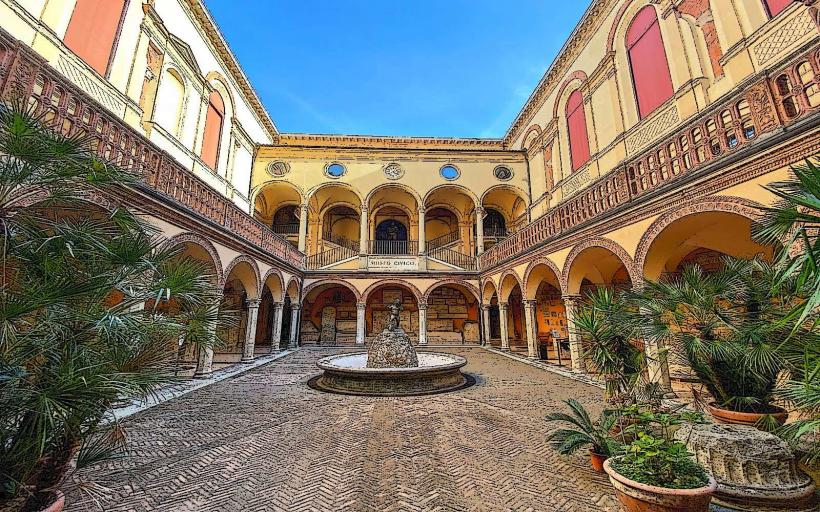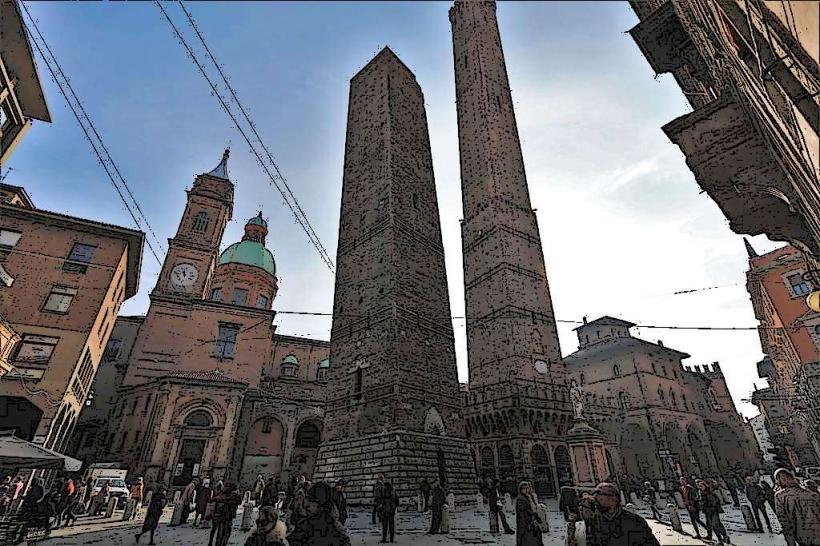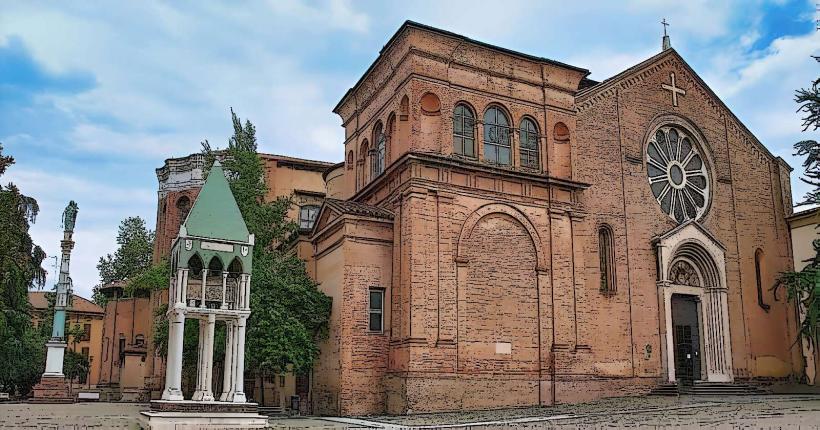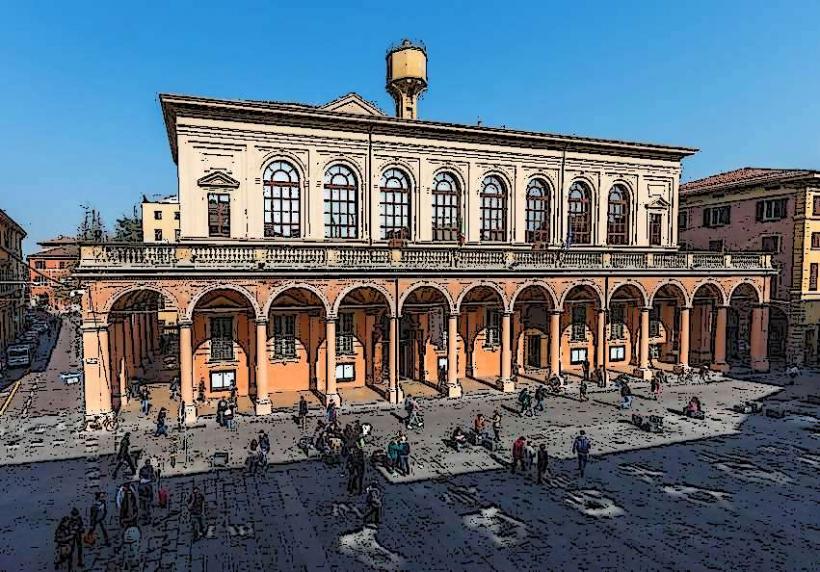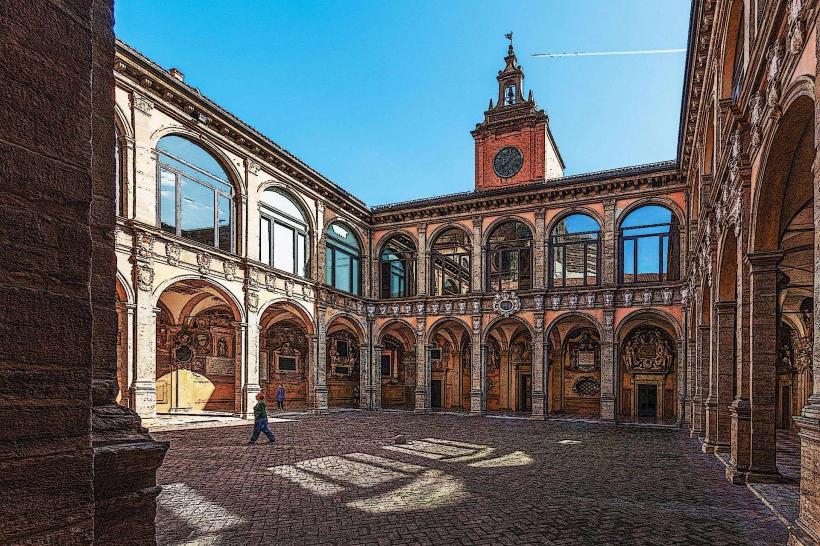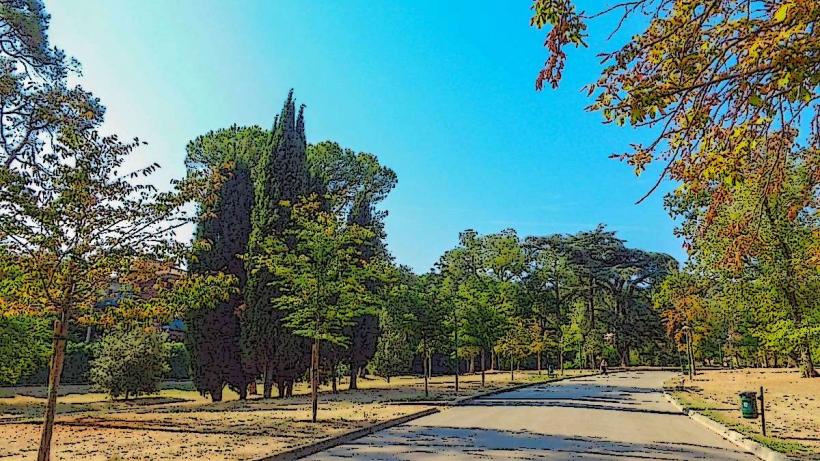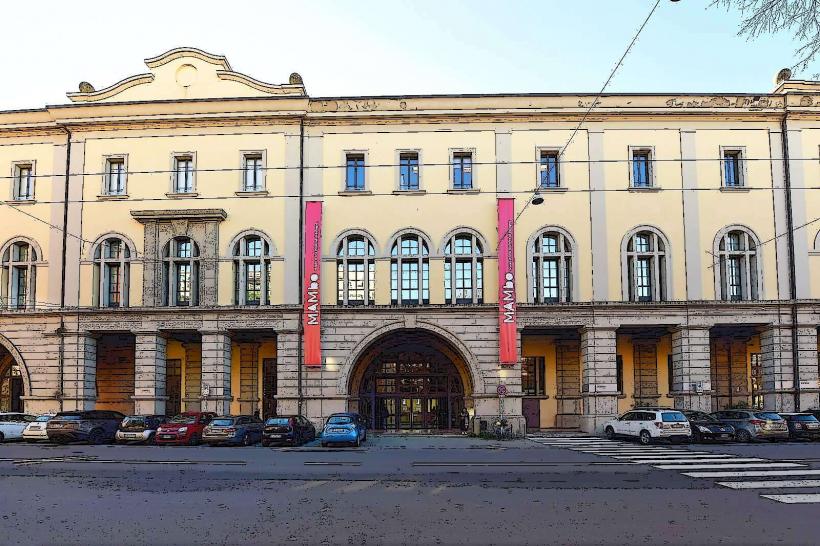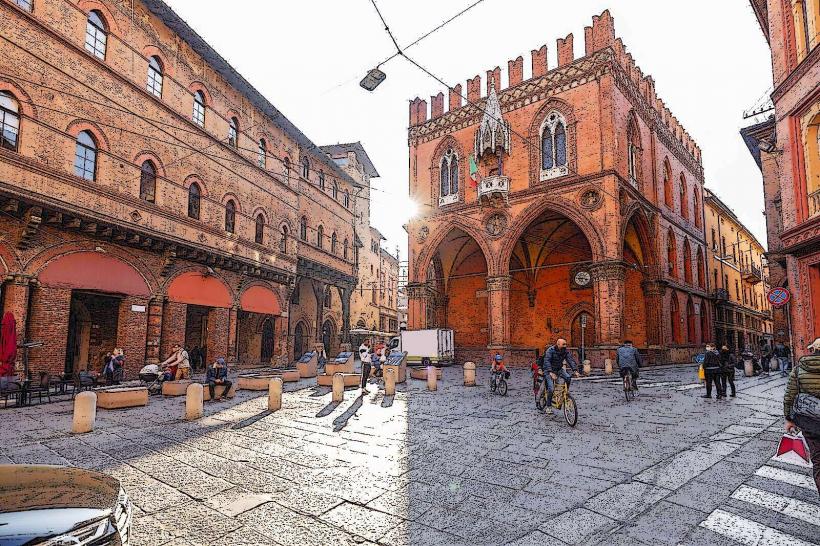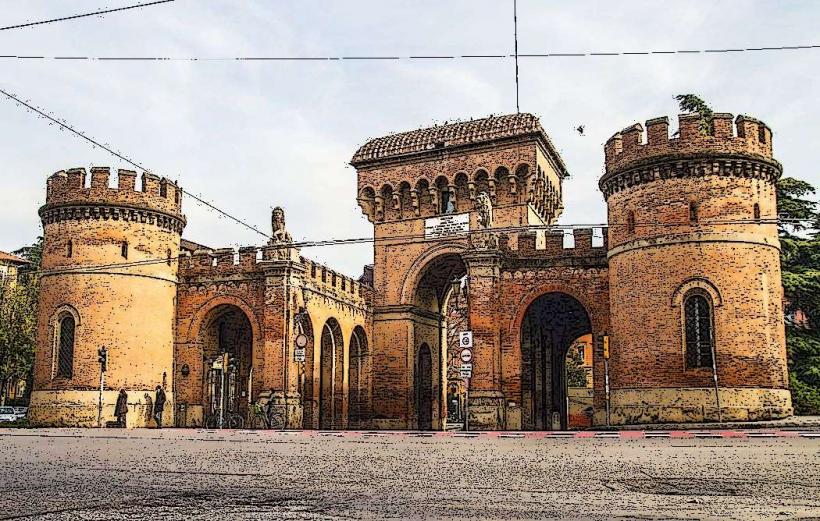Information
Landmark: Archiginnasio of BolognaCity: Bologna
Country: Italy
Continent: Europe
The Archiginnasio of Bologna (or Archiginnasio di Bologna) is one of the most important historical and architectural landmarks in Bologna, Italy. It served as the primary building of the University of Bologna, the oldest university in the world still operating today. Here's a detailed look at this fascinating site:
1. Historical Background
- Founded in 1088: The University of Bologna was founded in 1088, making it the oldest university in the world. Initially, it had no central building, and the teaching took place in various locations across the city.
- Construction of the Archiginnasio: In 1562, the Archiginnasio was constructed by order of the Papal Legate Cardinal Carlo Borromeo as a permanent headquarters for the university. The building was designed by the architect Antonio Morandi (known as Il Terribilia) and was intended to house the university’s teaching facilities and administrative offices.
- Completion: The building was completed in 1563 and was used by the university until 1803, when the institution moved to new premises. It remains a significant symbol of Bologna's educational heritage.
2. Architectural Features
- Renaissance Style: The Archiginnasio is an exemplary Renaissance structure, with its beautiful and harmonious proportions. The building’s exterior is characterized by a large, rectangular courtyard surrounded by arcades.
- Facade: The main facade of the building is neoclassical, featuring an archway with corinthian columns and decorative carvings. Above the entrance, you can see the university's coat of arms and the inscription “Alma Mater Studiorum,” meaning "Nurturing Mother of Studies," which reflects Bologna’s status as a center of learning.
- Piazza Galvani: The Archiginnasio is located at Piazza Galvani, a square that also features historical buildings and monuments, making it a central point of interest in the city.
3. Key Interior Features
- The Great Hall (Stabat Mater): One of the most impressive parts of the Archiginnasio is the Great Hall, or Stabat Mater. This room was used for lectures, including lectures in law and medicine, and it is adorned with wooden galleries that allow for seating for hundreds of students. The wooden ceiling of the hall is richly decorated with coats of arms, and the room remains a significant symbol of the educational heritage of Bologna.
- Library: The building once housed a vast library of books and manuscripts, many of which were rare and valuable texts. Today, it houses the Bologna Municipal Library.
- **The Anatomical Theatre: Perhaps one of the most unique and fascinating features of the Archiginnasio is its Anatomical Theatre, designed for public dissections and lectures in medicine. This small, circular room is adorned with seats for observers and a table where anatomical dissections would take place. The room is richly decorated, with detailed wood carvings and inlaid woodwork depicting various human figures and organs. Today, the Anatomical Theatre houses a collection of anatomical models and serves as a reminder of the university’s early contributions to the medical sciences.
4. The Coats of Arms of Students and Professors
- Famous Student and Faculty Symbols: Inside the Archiginnasio, the walls are covered with over 6,000 coats of arms carved into the wood. These represent the students and professors who attended or taught at the university. This practice began in the 16th century as a way for students to leave a lasting mark on their alma mater. The coats of arms are often accompanied by inscriptions and decorative motifs, and they provide a fascinating insight into the long history of the university and its many distinguished individuals.
- Symbolism and Tradition: The tradition of having students and faculty members carve their coats of arms into the building’s walls has continued for centuries, adding layers of history and personal expression to the space. The coats of arms come from many different countries, underscoring the international nature of the university and Bologna’s role as a center of higher learning in Europe.
5. Historical Significance
- Center of Learning: The Archiginnasio served as the central hub of teaching and scholarship in Bologna for centuries. The university was historically a center for the study of law, medicine, and philosophy, and the Archiginnasio reflected the diversity and intellectual ambition of the time.
- Revolutionary Ideas: The university and its buildings, including the Archiginnasio, played a significant role in the dissemination of revolutionary and enlightened ideas. During the Renaissance and Enlightenment periods, Bologna was an intellectual crossroads where thinkers and scholars from all over Europe came to study and teach.
- Role in Bologna’s Development: The construction of the Archiginnasio helped establish Bologna as an important academic city and further cemented its reputation as a cultural and intellectual capital. The university’s long history is intertwined with the city’s own development and growth.
6. Current Use
- Museum: Today, the Archiginnasio is home to a museum and a municipal library. The museum showcases the building’s history, the university’s legacy, and important artifacts from Bologna’s cultural past. The Anatomical Theatre remains open for visitors, offering an opportunity to step back in time and imagine what it would have been like to witness an early medical lecture or dissection.
- Events and Exhibitions: The Archiginnasio continues to host cultural events and exhibitions, making it an important part of Bologna’s vibrant cultural scene. The building is a popular destination for visitors to learn about the city’s past and its significant role in the history of European education.
7. Visiting the Archiginnasio
- Location: The Archiginnasio is located in the historic center of Bologna, in Piazza Galvani, which is easily accessible on foot from other key landmarks in the city, such as Piazza Maggiore and the Basilica di San Petronio.
- Hours and Admission: The Archiginnasio is generally open to the public for visiting, though hours and admission fees may vary. It is a fascinating stop for anyone interested in Bologna’s rich history and the development of education in Italy.
- Guided Tours: For a deeper understanding of the history and significance of the Archiginnasio, guided tours are available, which offer detailed insights into the building’s history, its architectural features, and its connection to the university and the city.
8. Fun Fact
- The tradition of carving coats of arms into the walls of the Archiginnasio was so popular that the walls of the building became covered in them, some of which are now considered valuable historical artifacts. Some of the coats of arms are so intricate and detailed that they are considered works of art in their own right.
Conclusion
The Archiginnasio of Bologna stands as a testament to the city’s long-standing role as a center of learning, culture, and intellectual exchange. Its stunning Renaissance architecture, historical significance, and cultural heritage make it one of the most important landmarks in Bologna, offering visitors a fascinating glimpse into the history of the world’s oldest university.

